A column of essays about Sustainable Energy & Transport, Transport for Economic Opportunity, and the Climate Catastrophe which our nation and the globe is plummeting toward, aided and abetted by vested interests and staunch defenders of the status quo. After a corridor realignment, Sunday Train has been running out of Voices on the Square as its origin Station since July 2012. BruceMcF is the lead author, and accepts submissions. Frequency is mostly weekly, normally sometime Sunday evening, except when life happens in such a way that it isn't.
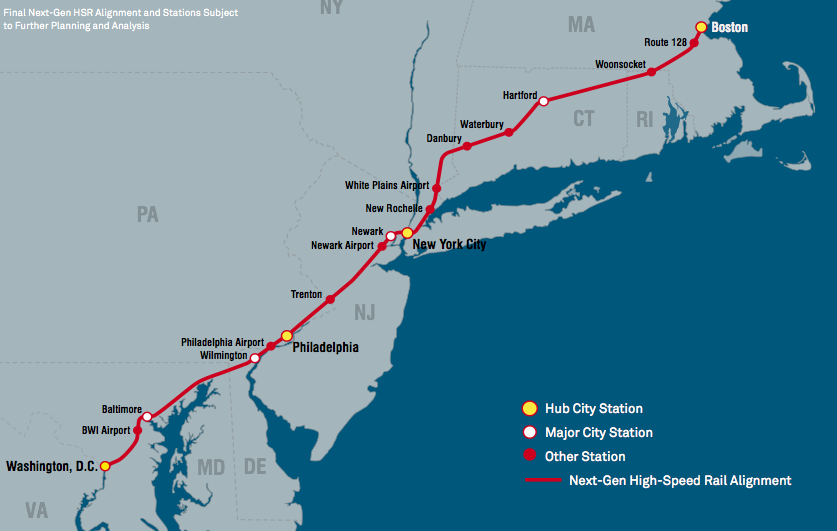 One of the transit bloggers that I enjoy reading is Alon Levy who blogs his observations on a variety of transit topics at
One of the transit bloggers that I enjoy reading is Alon Levy who blogs his observations on a variety of transit topics at 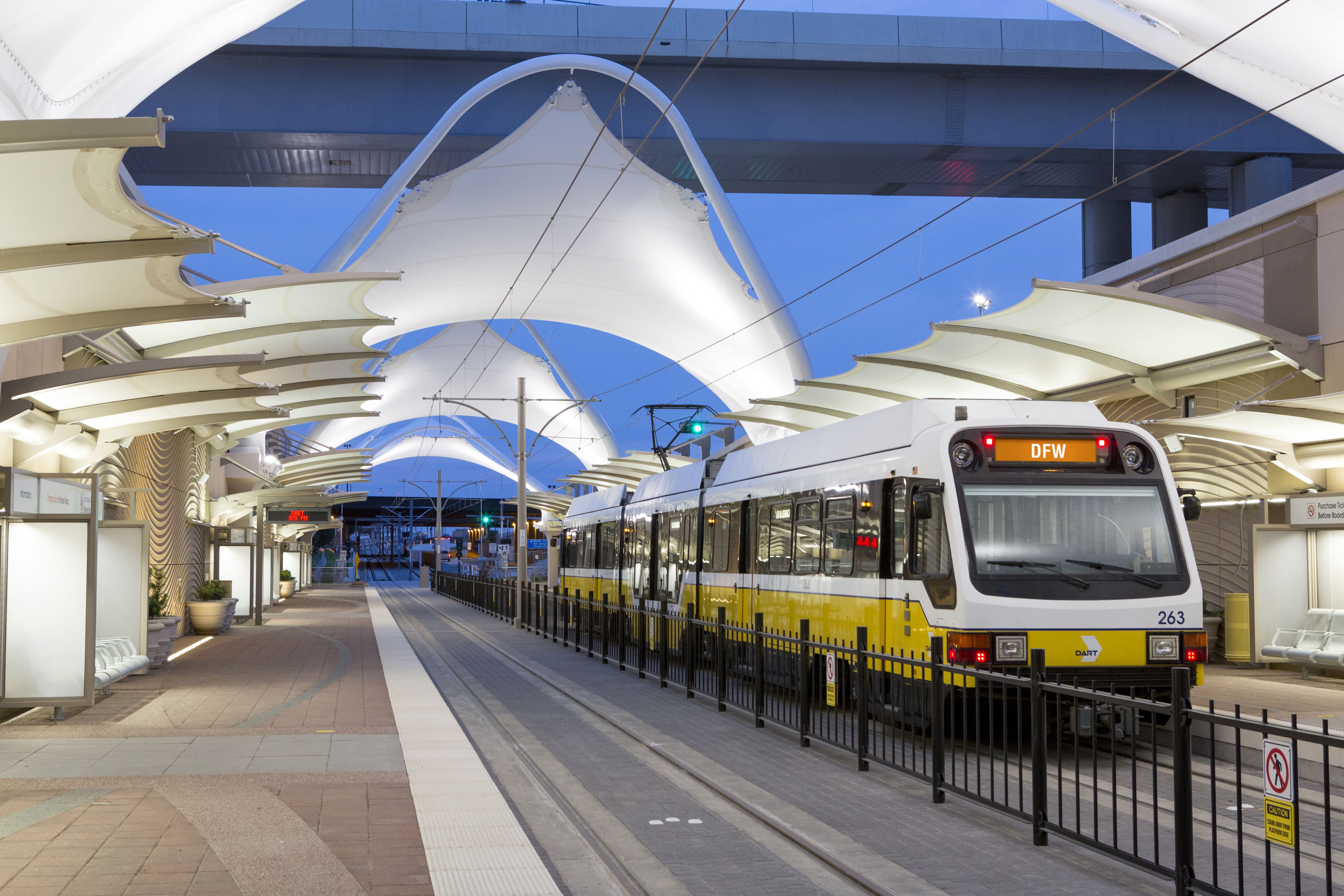 YAATS (Yet Another Airport Terminal Station) has opened in Dallas for the "orange line" in the Dallas Area Regional Transit light rail system. This is not at the regional airport Love Field, even though the Orange Line runs directly past Love Field, but at the Dallas / Fort Worth International airport, following completion of a five-mile extension to the western end of the Orange line.
YAATS (Yet Another Airport Terminal Station) has opened in Dallas for the "orange line" in the Dallas Area Regional Transit light rail system. This is not at the regional airport Love Field, even though the Orange Line runs directly past Love Field, but at the Dallas / Fort Worth International airport, following completion of a five-mile extension to the western end of the Orange line.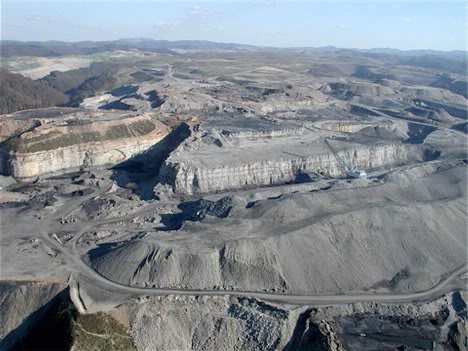 The topic for this week's Sunday Train was brought to my mind when I listened to the
The topic for this week's Sunday Train was brought to my mind when I listened to the 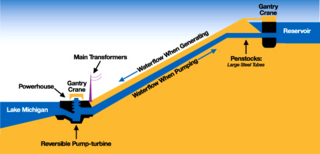 In a sense, Sunday Train has been mentioning reverse pumped hydro before the Sunday Train actually existed. In 2007 at Daily Kos, in "Driving Ohio on Lake Erie" (
In a sense, Sunday Train has been mentioning reverse pumped hydro before the Sunday Train actually existed. In 2007 at Daily Kos, in "Driving Ohio on Lake Erie" (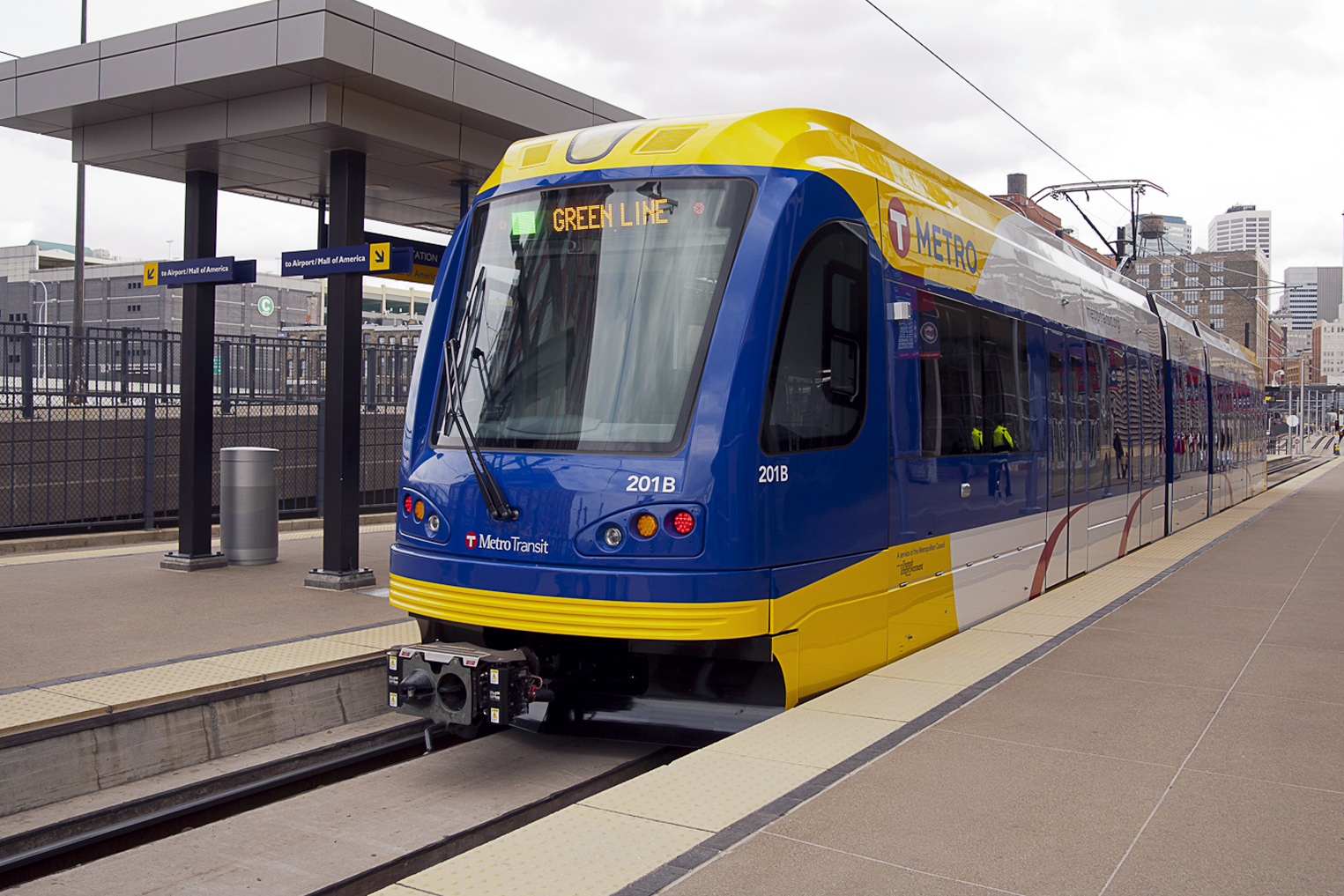 As noted this week at
As noted this week at 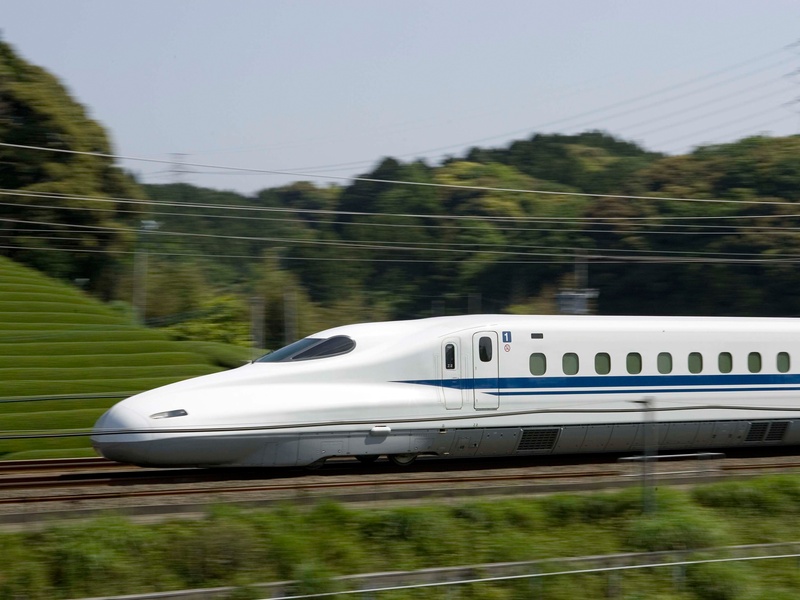 The Texas Department of Transport and Federal Railway Authority
The Texas Department of Transport and Federal Railway Authority 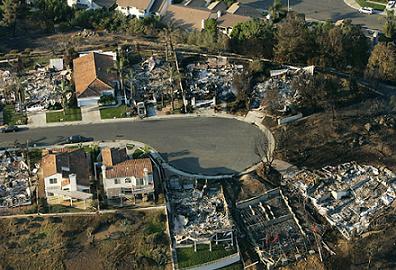 The Great Recession of 2007-2009 triggered the Depression that we appear to be exiting this summer. And it was triggered by the collapse of the Great Turn of the Century Suburban Housing Bubble.
The Great Recession of 2007-2009 triggered the Depression that we appear to be exiting this summer. And it was triggered by the collapse of the Great Turn of the Century Suburban Housing Bubble. There was a gleam of hope this week for state officials faced with the prospects of having to start delaying projects and lay off people working on maintenance and new construction funded from the Federal Highway Fund:
There was a gleam of hope this week for state officials faced with the prospects of having to start delaying projects and lay off people working on maintenance and new construction funded from the Federal Highway Fund: